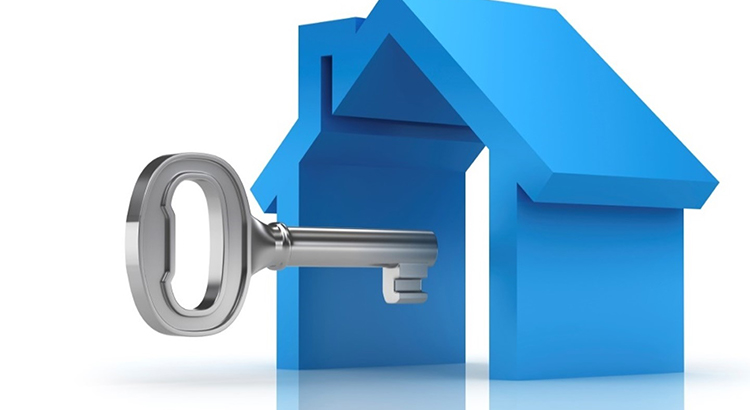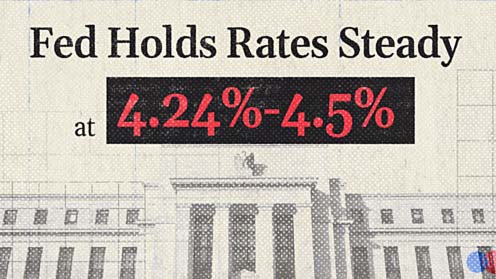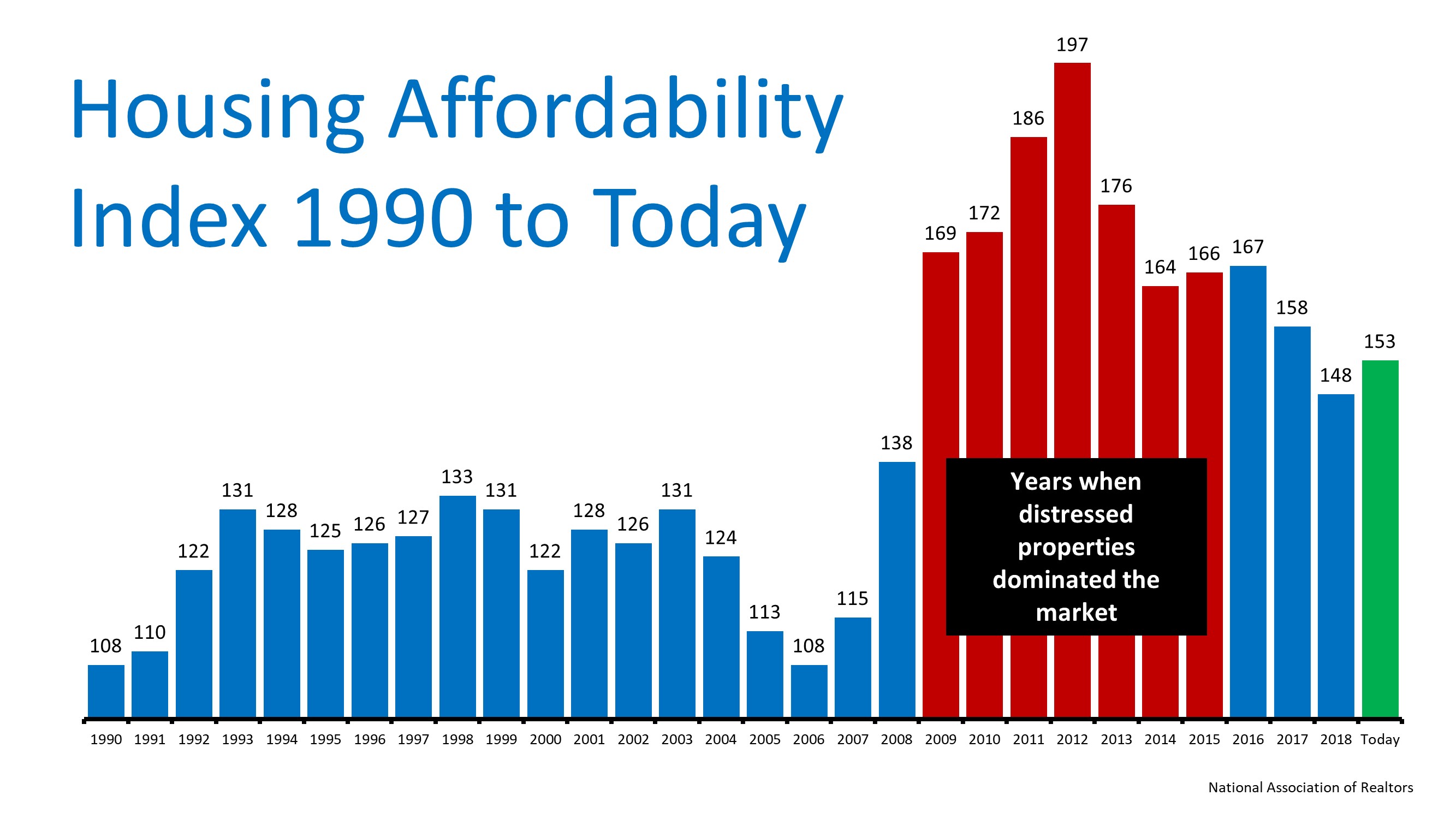The Ultimate Truth about Housing Affordability
Courtesy of Marty Gale Utah Realty

There have been many headlines decrying an “affordability crisis” in the residential real estate market. While it is true that buying a home is less affordable than it had been over the last ten years, we need to understand why and what that means.
On a monthly basis, the National Association of Realtors (NAR), produces a Housing Affordability Index. According to NAR, the index…
“…measures whether or not a typical family earns enough income to qualify for a mortgage loan on a typical home at the national and regional levels based on the most recent price and income data.”
Their methodology states:
“To interpret the indices, a value of 100 means that a family with the median income has exactly enough income to qualify for a mortgage on a median-priced home. An index above 100 signifies that family earning the median income has more than enough income to qualify for a mortgage loan on a median-priced home, assuming a 20 percent down payment.”
So, the higher the index, the more affordable it is to purchase a home. Here is a graph of the index going back to 1990:
It is true that the index is lower today than any year from 2009 to 2017. However, we must realize the main reason homes were more affordable. That period of time immediately followed a housing crash and there were large numbers of distressed properties (foreclosures and short sales). Those properties were sold at large discounts.
Today, the index is higher than any year from 1990 to 2008. Based on historic home affordability data, that means homes are more affordable right now than any other time besides the time following the housing crisis.
With mortgage rates remaining low and wages finally increasing, we can see that it is MORE AFFORDABLE to purchase a home today than it was last year!
Bottom Line
With wages increasing, price appreciation moderating, and mortgage rates remaining near all-time lows, purchasing a home is a great move based on historic affordability numbers.

What’s Shaping the Future of Real Estate?
Rising mortgage rates and economic shifts continue to influence housing affordability and accessibility. Homeowners' insurance costs have surged due to climate risks, prompting state-led policy solutions.

Single & Secure: Financial Planning Tips
Sharing expenses with friends or family, like splitting groceries or carpooling, helps reduce costs. Establishing an emergency fund ensures financial security; aim to save 3-6 months of expenses.

New Year, New Home: Buying & Selling Tips
Start Early: Sellers should begin the process early, evaluating their home and preparing for the market.Home Preparation: Sellers should invest in updates, cleaning, and professional staging to increase appeal.

How Insurance Can Help With Retirement Planning
Long-term care insurance shields retirement funds by covering care costs like home care or assisted living. Cash-value life insurance offers tax-deferred growth, ideal for those maximizing retirement plans and seeking additional savings.

How to Protect Your Belongings With Insurance
Ensure your coverage includes extended or guaranteed replacement cost to cover spikes in repair costs. Don’t skip flood insurance—99% of counties faced flooding between 1996-2019, according to FEMA.
3 buildings in Utah among hundreds of federal properties ‘designated for disposal’
Three federal properties in Utah, including the IRS Service Center in Ogden, the St. George Federal Building, and the Wallace F. Bennett Federal Building in Salt Lake, are among hundreds designated for disposal by the GSA. These buildings are considered “non-core” and...

How Stable Is Utah’s Housing Market?
Utah's housing market has a 20.7% chance of a 5% price drop over the past 25 years, lower than the US 26.4% avg. Since 2000, the median home price ↑ 210%, higher than the national ↑ 196%.

Happy St. Patrick’s Day
St Patrick's Day is the day we all turn a bit Irish. 13 million pints of Guinness are consumed worldwide on St. Patrick's Day. Green is now the traditional color of St. Patrick's Day.

US Market Trends: Is Passive Investing Out?
Positive sentiment is growing, with lower interest rates fostering liquidity and selective investment opportunities.Investors must focus on active management and asset selection as the market evolves post-2024.

Fed Holds Rates Steady at 4.24%-4.5%
The Federal Reserve held key interest rates at 4.25%-4.5% despite Trump’s calls for immediate cuts.Inflation remains at 2.9%, with steady job growth and strong consumer spending supporting the economy.The Fed’s next policy meeting is scheduled for March 18-19, 2025.

